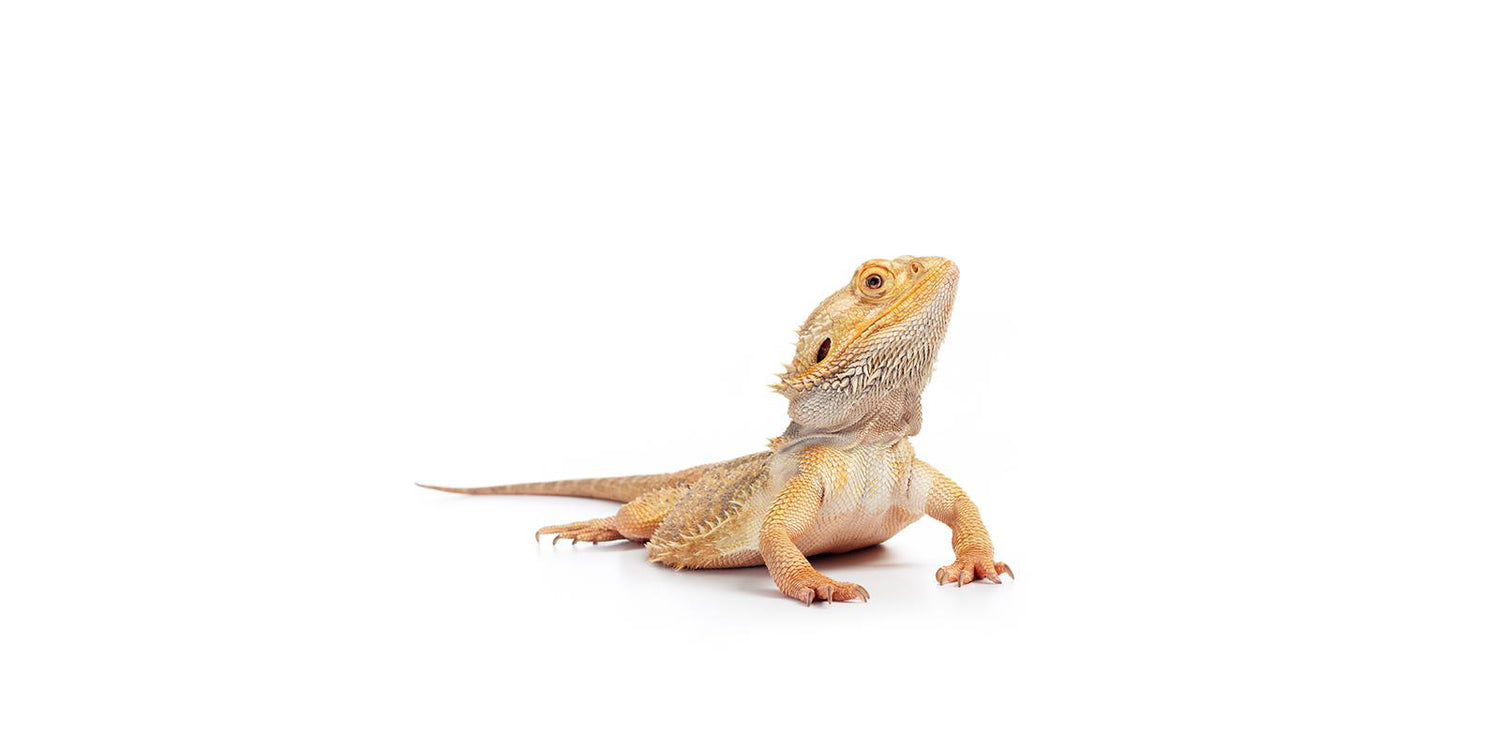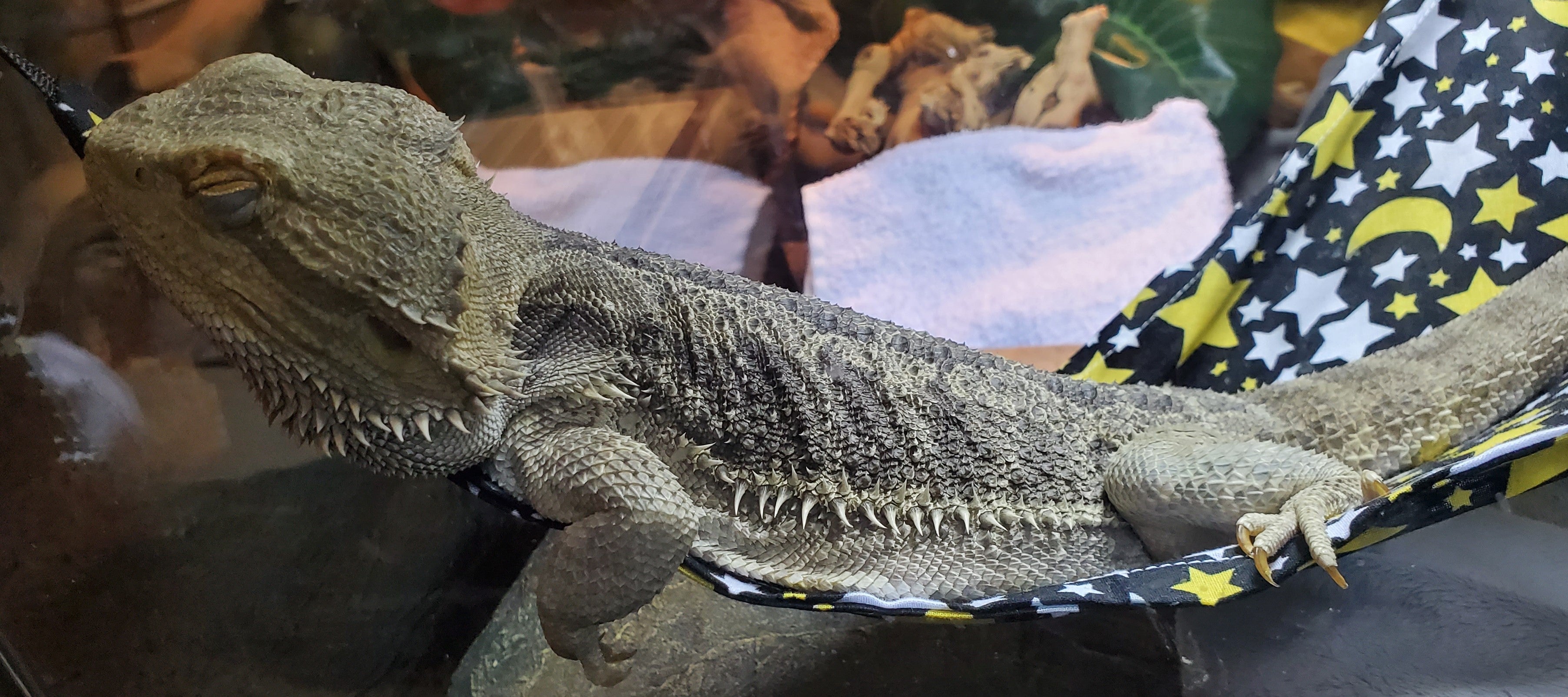Yellow fungus, also known as CANV (Chrysosporium anamorph of Nannizziopsis Vriesii), is a nasty contagious infection that can affect many reptiles including bearded dragons. There have been some sporadic cases of humans contracting yellow fungus but only in cases where the person has been severely impacted by other health problems that have compromised their immune system. Yellow fungus is not zoonotic, which means humans cannot catch it from bearded dragons.
The symptoms of yellow fungus vary by the severity and the length of time that the condition has been there. Early signs include lethargy, decreased or non-existent appetite, weight loss. As time goes on, you will notice more severe manifestations of the infection such as discolored yellow, brown, or gray patches, crusty dark yellow patches that appear to be coming out of the vent area. They could seem to shed but reveal open weeping sores, open lesions, slow healing of all wounds and sores, sunken eyes, and eventually necrosis of the limbs and body. One of the nasty aspects of this condition is that it usually begins internally. Hence, the only signs you will have that it is present are the earlier symptoms, by the time that the visible conditions on the scales are present, the disease has already been progressing for an amount of time, which makes it challenging to treat. Which is why it’s essential to seek veterinary attention as soon as possible. Unfortunately, in a lot of cases, this makes it very difficult to manage, and it can only be slowed down. However, if yellow fungus is caught early enough with aggressive treatment, oral antifungal medications, medicated baths, and other topical treatments and it can either be slowed down to prolong the lifespan of the dragon or possibly be treated.




6 comments
Reptile Supply
Hi Brittany — Based on your description, it sounds like your dragon’s yellow spot is more likely an area of unusual pigmentation rather than yellow fungus. However, if you’re unsure, it’s always safest to get it checked out by an experienced reptile veterinarian.
Brittany
My Dragon has a yellow spot on the back of her hand. I’ve kept an eye on it and it’s not spread over the course of several months. It’s not oozing either. It’s just discolored. Her appetite is amazing and she still runs around and has plenty of engery.
I don’t have an exotic vet in my area so getting confirmation on what it could be has been difficult. Whenever I search “yellow spot” and “bearded dragon” YFD of course pops up first. I’m worried that could be it, but the symptoms don’t match up. Do you think that’s what it is?
Reptile Supply
Hi Jess, no, yellow fungus is not transmitted through the air. It must be transmitted via direct or indirect contact between an infected animal and an uninfected one. However, unless you practice very strict quarantine protocol, the likelihood of other agamids becoming infected with yellow fungus if you have one animal with yellow fungus is very high due to natural cross-contamination.
Jess Hobs
Is yellow fungus airborne? I have been told that it is however I have done research that proves it isn’t. Am I correct?
Reptile Supply
Hi Sabastiana, yellow fungus is only transmissible from a bearded dragon to other agamid lizards, like bearded dragons, agamas, and uromastyx. Your other pets are safe.
Leave a comment
All comments are moderated before being published.
This site is protected by hCaptcha and the hCaptcha Privacy Policy and Terms of Service apply.